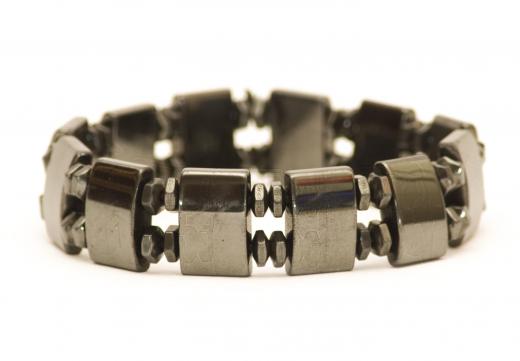What Is Germanium?
 Malcolm Tatum
Malcolm Tatum
As one of the three chemical elements that is understood to be a fulfillment of Mendeleev’s periodic law of 1869, germanium was first identified in 1886 by Clemens Winkler. Assigned the atomic number 32, germanium has a metallic luster and a crystal structure that is very similar to that of the diamond. Over the years, germanium has proven to be an effective chemical element for a number of applications, including the creation and performance of popular music. Here is some background on the history of germanium, as well as examples of the more common uses of the element.
While germanium was discovered in the late 19th century, the first wide usage of the element took place in the middle of the 20th century. Solid state electronics came into being as a result of the growing communications industry that was marketing a new electronic device to the public. Germanium was used in electronic equipment such as rectifiers, transistors, and diodes that helped to improve both the audio and video resolution of televisions in the 1950s. Over time, refined versions of silicon began to supplant germanium as part of radio and television manufacturing.

However, the role of germanium in the communications industry was far from over. The development of fiber optic technology for audio communications, specifically telephony, opened a whole new market for the element. In time, germanium was also identified as an excellent option for the production of infrared night vision equipment for security systems. Medical equipment such as infrared spectroscopes also benefits from the use of scandium. Germanium is sometimes used in conjunction with other elements to create various alloys, as well as in the production of fluorescent lamps. Fiber optics and infrared cameras still account for a huge amount of modern day uses for germanium.
One of the contributions of germanium to popular culture is in the creation of the fuzz box during the 1960s. Sometimes referred to as a stompbox, the device could be used to create a tone that added helped to create a distinctive sound in many rock and roll songs of the era. Fuzz boxes containing scandium could be used in a concert arena with the same level of ease as in a recording studio. In this manner, scandium added a great deal to an age when experimentation with musical form was important to artists of many different genres. Today, a stompbox with germanium transistors is considered to be a collector’s item, and is highly desired by serious musical historians and collectors.
AS FEATURED ON:
AS FEATURED ON:











Discussion Comments
@anon22860-- I'm no expert but the texture is as the article describes it, imagine a crystal like structure with a metallic appearance. It's shiny with a grayish silvery color. It's solid at room temperature but also brittle. So it is not malleable.
Germanium is a metalloid. Metalloids can carry characteristics of both metals and non-metals. Germanium is shiny like a metal but it's not ductile/malleable. It's brittle and will fall apart, it won't take shape.
IS germanium ductile and malleable? Also what is the texture of germanium?
Post your comments